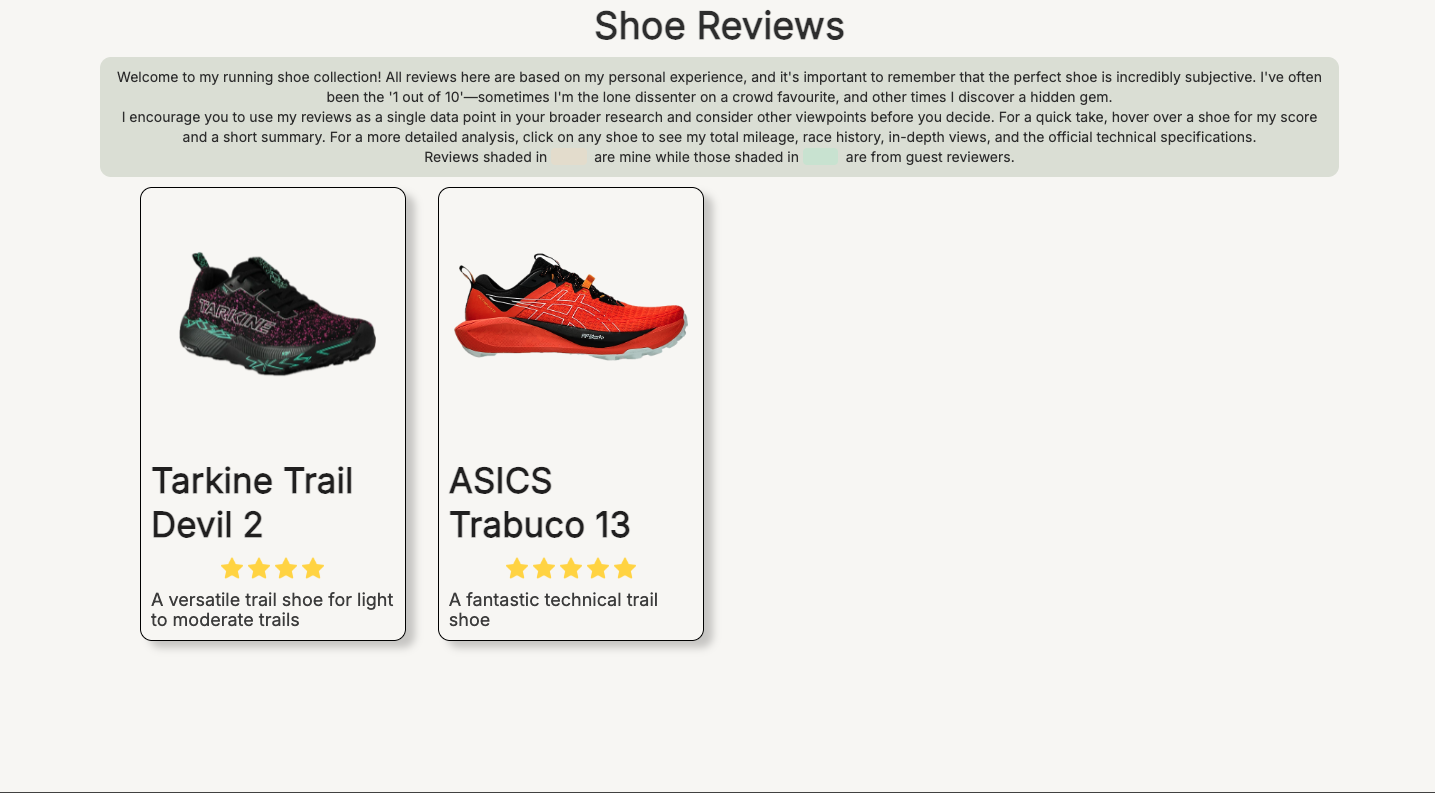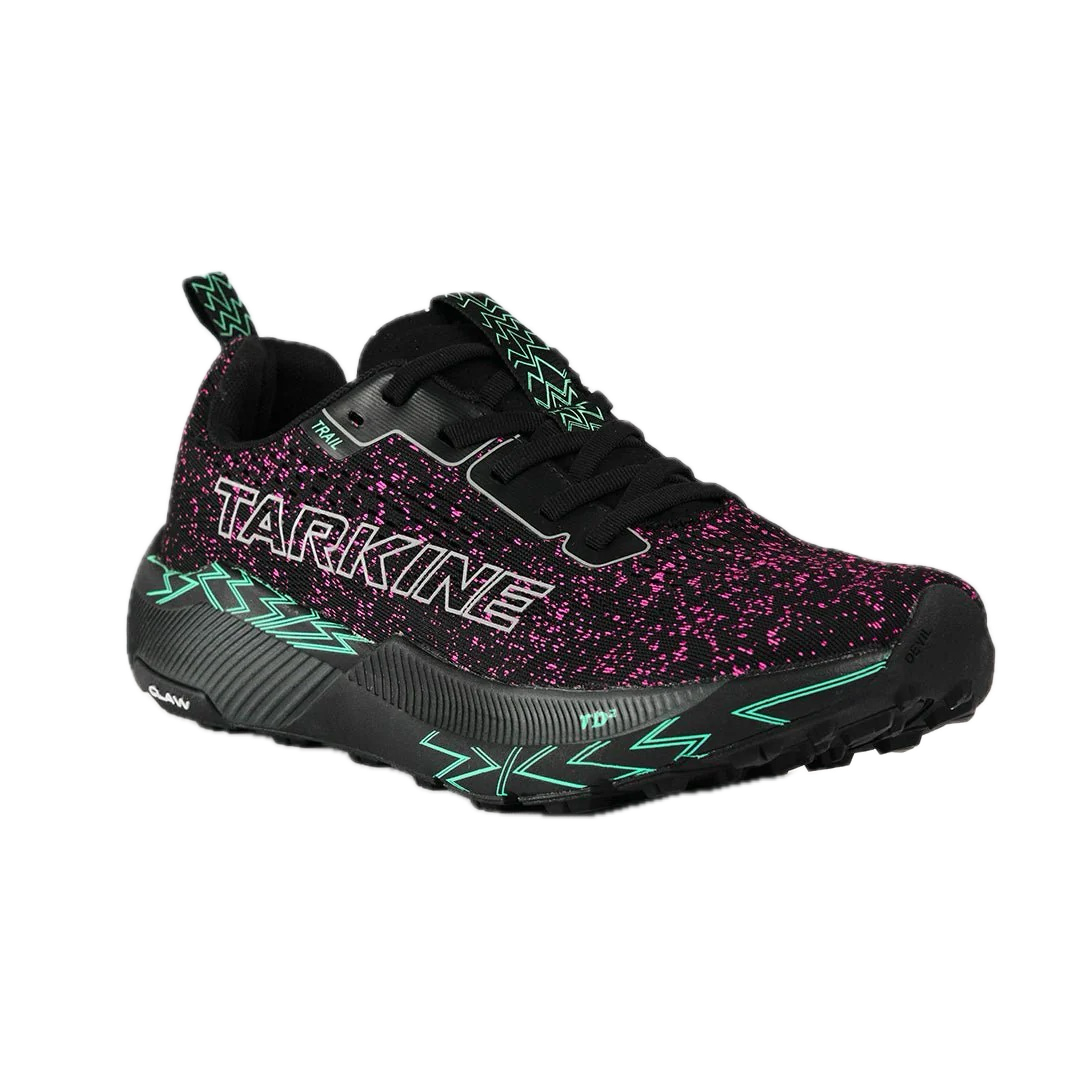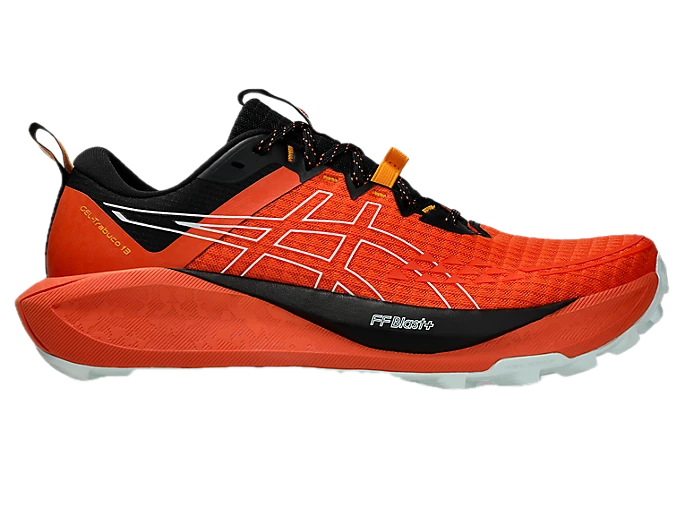Tarkine Trail Devil 2





Full review coming soon, for now, please see the podiatrist comments section.
The Tarkine Trail Devil 2 is an intriguing trail shoe that, from a podiatric and biomechanical perspective, has several features that will appeal to a specific type of runner. It is a lightweight, well-cushioned option that appears to prioritize a natural foot position and a responsive ride.
The most notable feature of the Trail Devil 2 is its spacious, anatomically shaped toebox. This design allows for the toes to splay naturally during the stance phase of gait, which is crucial for shock absorption, stability, and proprioception. Some runners may find this feature helps in the management of forefoot conditions such as Morton's neuroma, capsulitis, and bunions. The upper provides a secure lockdown in the midfoot and heel, which is essential to prevent excessive movement within the shoe, especially on uneven terrain.
The midsole utilizes a PEBA-infused foam, which is known for its high energy return and lightweight properties. This, combined with a significant stack height (39mm in the heel, 33mm in the forefoot) and a 6mm drop, creates a cushioned and protective ride. The rocker geometry of the sole is designed to facilitate a smooth and efficient transition from heel to toe, which may reduce the workload on the ankle and calf muscles for some runners.
From a stability standpoint, the Trail Devil 2 is a neutral shoe. It does not have traditional stability features like medial posts. However, the wide base of the shoe, particularly in the forefoot, and the secure upper contribute to a stable platform. Runners with a neutral foot posture or those who have strong, stable mechanics will likely find this shoe suitable.
The outsole features 3.5mm lugs, which should provide adequate traction on a variety of trail surfaces, from hard-packed dirt to moderate gravel. However, some reviews suggest that the grip may be less reliable in wet and muddy conditions. This is a crucial consideration for runners who frequently encounter such terrain, as poor traction can increase the risk of slips and falls, leading to ankle sprains and other injuries.
Suitability:
- Suitable for:
- Runners with a wider forefoot or those who prefer a more natural, uninhibited toe splay.
- Individuals with a neutral foot type who are looking for a cushioned and responsive ride.
- Runners who primarily run on dry, less technical trails and value a lightweight, agile feel.
- Those who appreciate a rocker geometry and the potential for a more efficient gait cycle.
- Not suitable for:
- Runners who require significant stability or motion control to manage overpronation.
- Athletes who need a shoe with aggressive, deep lugs for muddy or very technical terrain.
- Individuals who prefer a lower stack height and a more minimalist, connected-to-the-ground feel.
- Runners who are sensitive to a more flexible upper and prefer a very structured, locked-in fit throughout the shoe.


